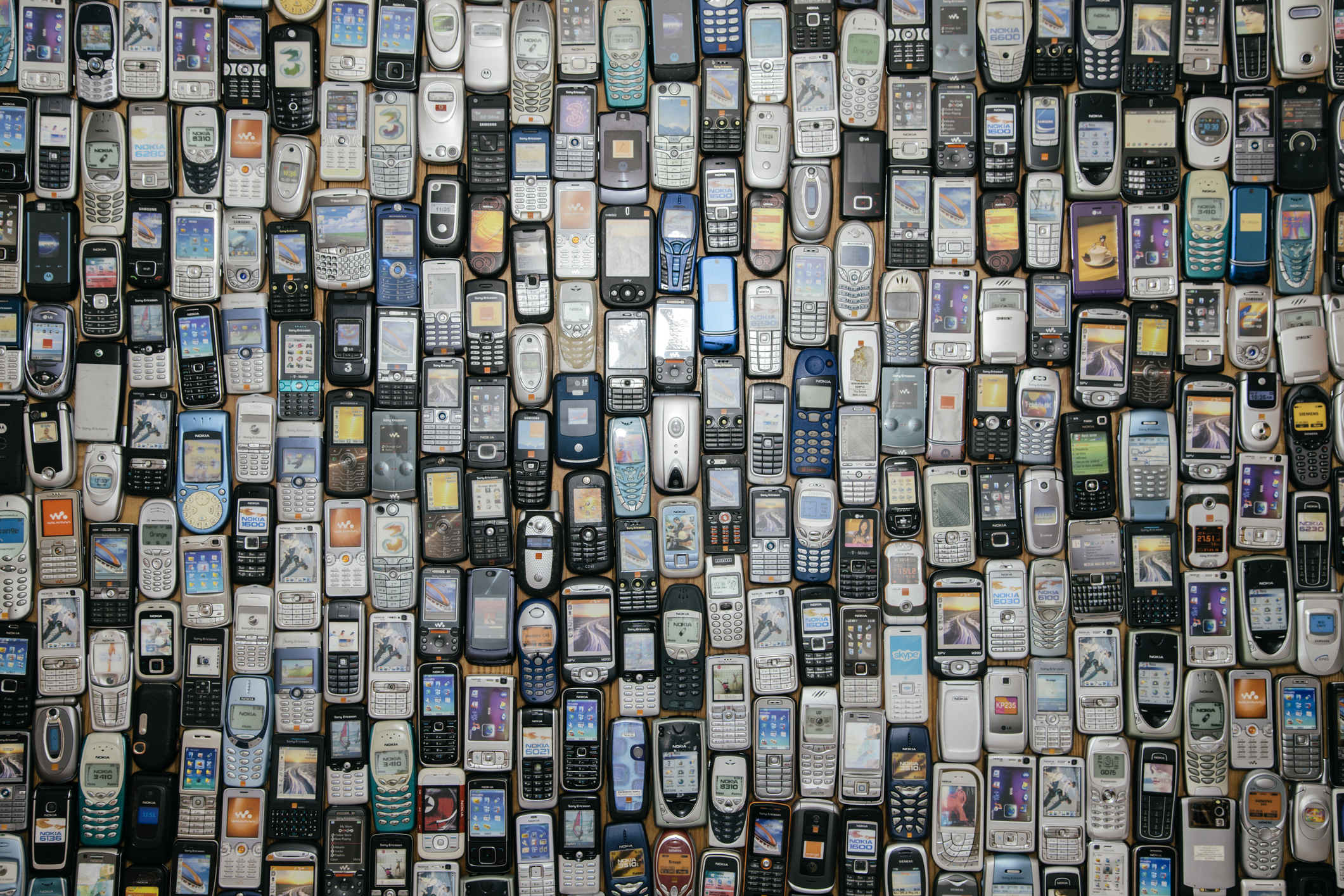Whether your phone is last year’s model with a few scratches or 10 years old and nearly demolished, it has a future — provided it’s traded in for reuse or recycling.
Once you turn over your old phone, a team of experts and machines will test its viability and determine whether it can be refurbished and resold. If it’s too damaged or obsolete, then it will be sent for recycling, where its valuable parts can be extracted and used in the repair of other phones.
Either way, making good use of old phones is an integral part of the circular economy and an essential way to ensure that precious metals and resources do not go wasted. It’s important that both last year’s model and the long-obsolete Nokia N95 sitting in a drawer be refurbished or recycled. Here’s why: The ever-growing used cell phone market is expected to hit $67 billion by 2023, which is not only an opportunity for resellers of mobile devices, but also a way to service customers who might not otherwise be able to afford a high-performance smartphone.
Recycled phones are worth a lot, too — not just in the utility and resale of their parts, but also the vast amounts of precious metals that can be extracted and reused. These include aluminum, copper, and especially gold. According to 911 Metallurgist’s David Michaud, 18 out of 34 kilograms of mined ore are required to make just one smartphone. That’s a lot of ore, considering that 1.4 billion smartphones were sold worldwide in 2019, making for a whopping 478 kilograms of ore.
We spoke with Andy Mus, director, External Communications, at risk management provider Assurant, which owns trade-in company Hyla Mobile, and Craig Norton, president of Hobi International, which provides recycling services, about the entire process from start to finish.

Step 1: Intake
When a device comes in, it is catalogued using a unique identification number so that the technicians can constantly monitor its progress throughout the entire refurbishment process. Once the device is properly documented, it moves to triage, where it undergoes a series of inspections by a team of experts and machines. Various tools are used to determine the root of any issues with the phone’s camera and audio, SIM card, Wi-Fi and Bluetooth capabilities, battery, and fingerprint reader. After a proper assessment and diagnosis, the team establishes an action plan, and the device enters the next phase of the process.

Step 2: Repair and Refurbishing
Devices usually enter the repair system in one of two ways: from trade-in programs or as part of a warranty fulfillment. Most of the time, traded-in devices only need cosmetic refurbishment. In these instances, technicians are able to effectively buff out scratches and dents to make them look like new again. For phones that have experienced more intense damage, repairs may include screen replacement, battery replacement, water damage reversal, wireless connectivity, and button replacement. In addition, phones on the refurbishment track are electronically wiped of any data that may remain on them. If the operating software is out of date, the technicians will install the latest version onto the device.

Step 3: Testing and Quality Control
After all repairs are made, each phone is subject to 60-plus rounds of tests across all of its operations to determine if it meets manufacturer’s standards. This process is done both manually and mechanically. Automated testing machines run Radio Frequency (RF) tests to determine the wireless functionality of the phone. If all systems are clear, a quality control team ensures full functionality and a like-new appearance of each phone. Depending on the result of these tests, the technicians must make a decision on the fate of each of these phones.

Step 4: Recycling
For devices that are unsalvageable, fail functionality tests, and/or do not pass quality inspection, the repair and refurbishment process ends here. One exception to this rule is when a device is significantly older than what is currently on the market. In these instances, even if the phone passes all of the tests, it may be worth more in parts than it is refurbished. As such, before a device is recycled, the team will examine, extract, and keep those parts that are in good working order so they can be used in the repair of compatible newer phones. The rest is sent on for recycling. Certain parts of a device like gold, silver, and copper are especially valuable for use as phone conductors.

Step 5: Fulfillment
Assuming they are successfully repaired, pass all of the tests, and make it through quality control, refurbished devices are repackaged and ready to be sold or sent to new owners. Each device is neatly and safely prepared with all of its accompanying accessories. There are various custom-designed packages to match different providers, so a T-Mobile customer may receive a slightly different package of goods than a MyWit.com customer. Once devices are sent on their way, those awaiting them can access shipping and tracking information and estimated arrival information.

Jessica is the Chief Digital Editor for CT Lab Global Media, the North American platform for IFA Berlin.















